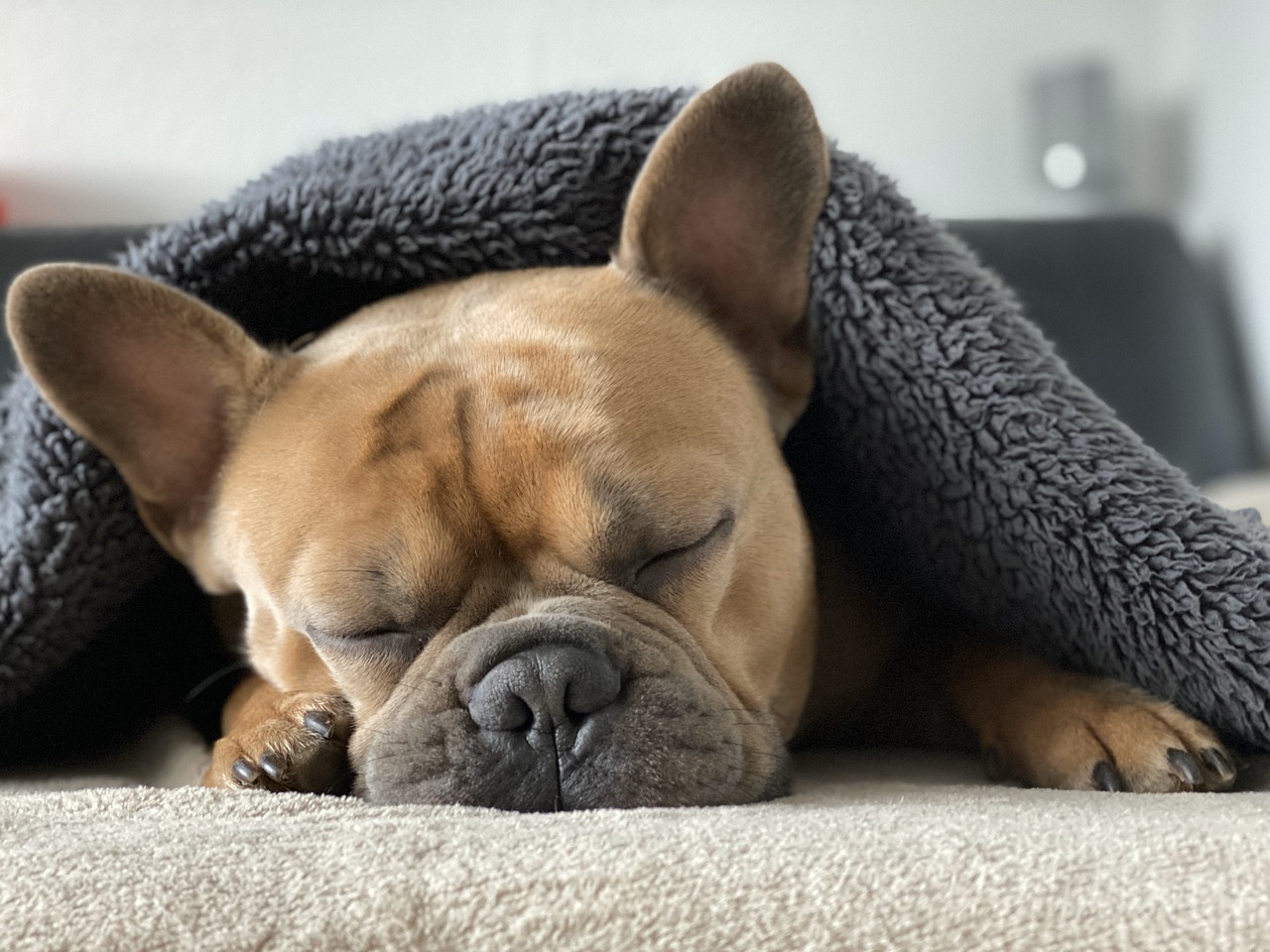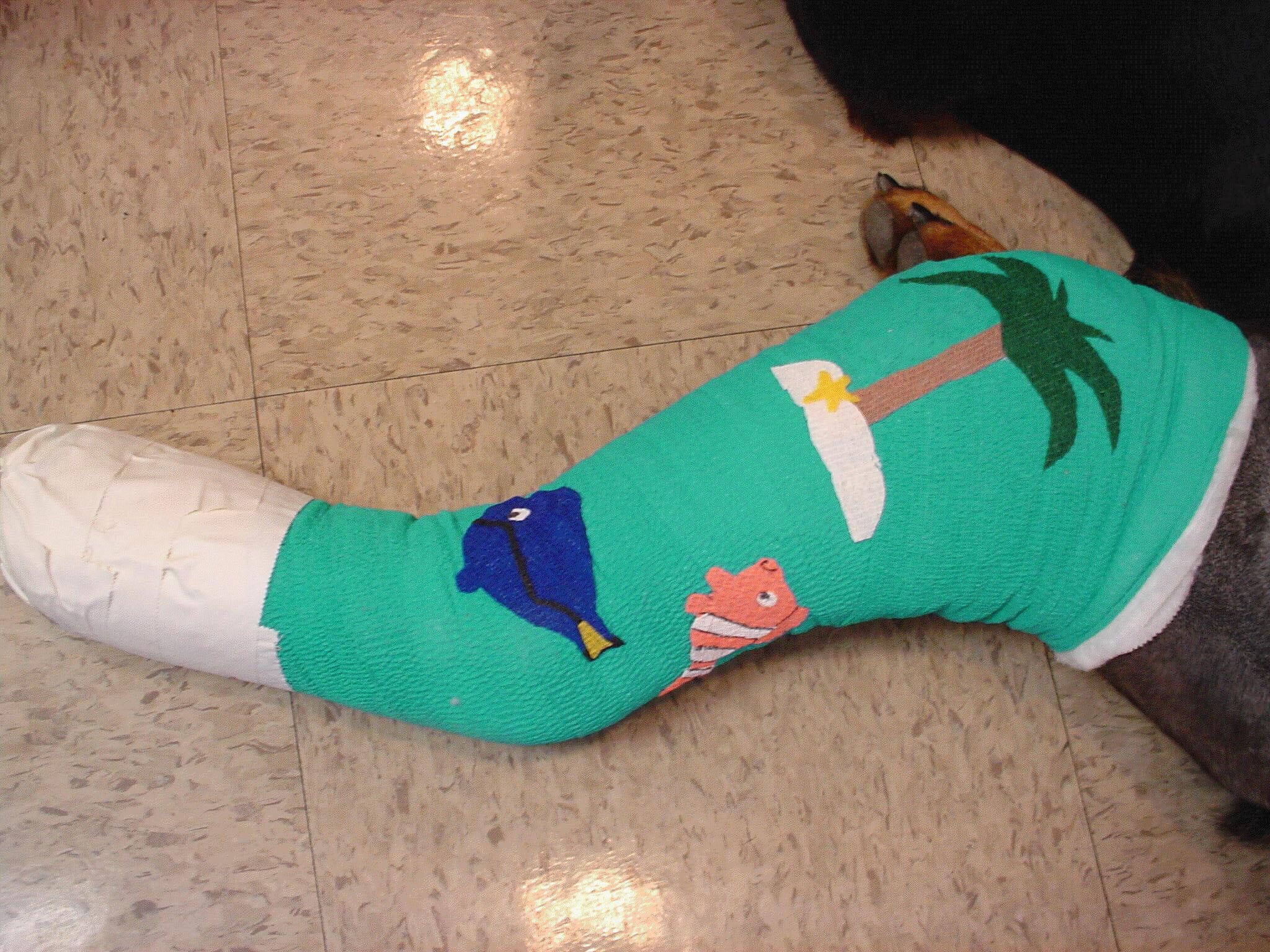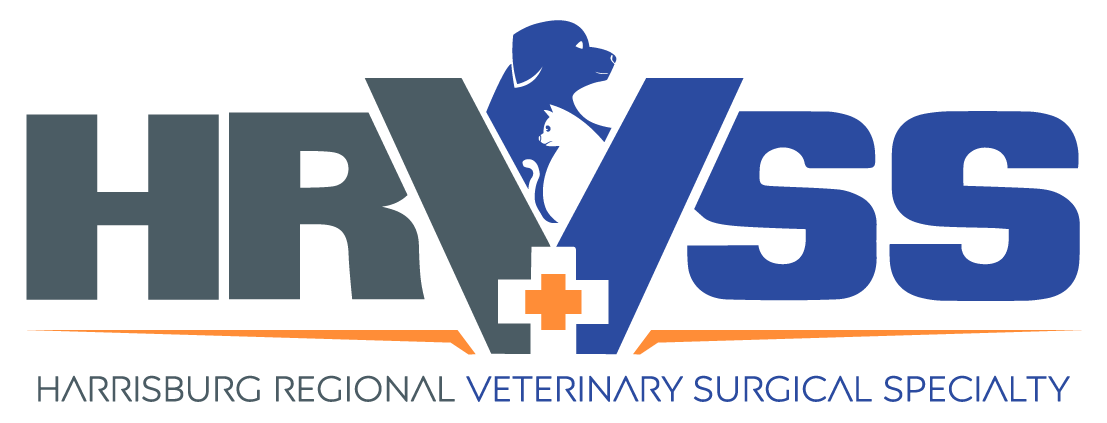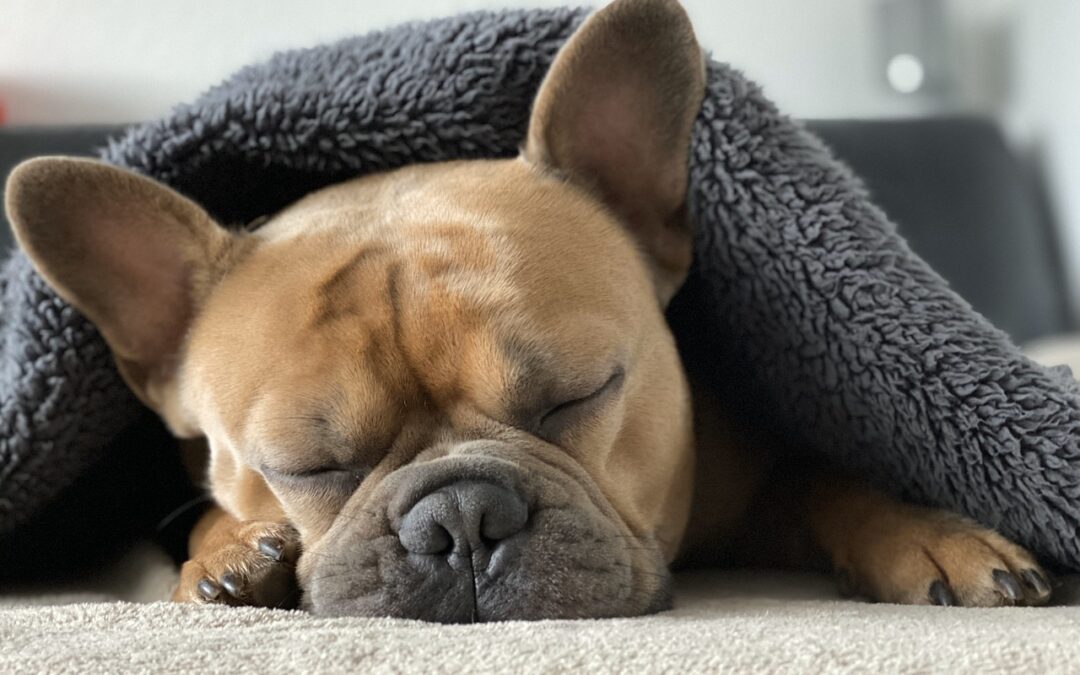
← 5 important questions about postop care
This week we share answers to 5 more common questions you should know about if your dog or your cat is having surgery.
1. It’s OK to let my pet lick the sutures, right?
Of course not!
Pets, not knowing any better, have a natural tendency to lick wounds. Some pets have top secret ninja skills, and are able to open an incision in seconds! Whether your pet licks, chews, or scratches at the stitches, consequences vary in severity:
. Redness and irritation.
. An infection.
. An open incision, which may require another surgery to stitch back up.
. An ugly scar – eventually.
The worse situation I’ve seen is a dog (thankfully not my patient) who literally ate a hole in her leg after knee surgery. Long story short: she ended up losing her leg.
The best way to prevent these problems is to follow your surgeon’s recommendations, which often include a plastic cone, aka E collar, short for Elizabethan collar.
There are now many variations of the original plastic cone: neck braces, foam “donuts,” inflatable “donuts,” which may or may not work for your pet’s particular surgery.
Ultimately, you are the only person in the world who gets to choose: a pretty incision after wearing a cone for 2 weeks, or a chance at redness, irritation, infection, an open incision, a second surgery (and anesthesia) (and more money) to stitch it back up, and an ugly scar.
2. What if my pet has a bandage or a splint?
You should be shown how to make sure the bandage does not slip and the toes are not swelling up (tourniquet effect).
You should also check regularly for irritation, especially at the top of the bandage or splint.
A smelly or wet bandage should be changed right away.
To keep the bandage or splint dry in spite of water from dew, your pet’s water bowl, rain, mud, or… urine, you can wrap it in plastic, but only when your pet is outside.
Bandages should be left uncovered when your pet is indoors.
We have seen some very nasty wounds and pressure sores because of poor bandage management.
The worst wounds I have seen required toe amputation… and even leg amputation.

3. How can I help my pet get around?
Depending on the surgery, you may need to help your pet get around with your hands, or more conveniently with a sling.
There are multiple variations that can be purchased, or it can simply be a rolled towel placed under the belly.
Again, your surgeon will make recommendations based on your pet’s needs.
4. What are the exercise restrictions?
Depending on the surgery performed, your pet will most likely need some kind of confinement or exercise restriction for a variable time.
Typically, this goes from 2 weeks to 2 months.
Every surgeon will have different requirements based on the exact surgery.
For large dogs, confinement can easily be provided by using a small room, or a small area, with no furniture.
Cats and small dogs can be confined to a playpen or a large crate.
Running, jumping, rough playing, climbing up and down stairs or furniture, slipping and sliding, and acrobatics should be avoided at all costs.
A simple “accident” can ruin the best surgery.
Most of the time, outside activity is limited to a short leash walk to get some fresh air, pee, and poop.
Then your pet should go back to the confined area.
5. Should my pet be separated from other pets?
99% of the time, I would say yes.
The 3 main reasons are:
* to avoid playing or fighting. Even the gentlest pet can cause harm to a surgery patient, unwillingly.
* to prevent the other pet from licking the surgery pet’s incision.
* to prevent a pet wearing a “cone” from hurting another pet’s face or eyes with the sharp edges.
If you follow your surgeon’s recommendations, which will likely include the above tips, you will dramatically increase your chances of a successful surgery.
If you would like to learn how we can help your pet with safe surgery and anesthesia, please contact us through www.HRVSS.com
Never miss a blog by subscribing here: www.HRVSS.com/blog
Phil Zeltzman, DVM, DACVS, CVJ, Fear Free Certified
Pete Baia, DVM, MS, DACVS

